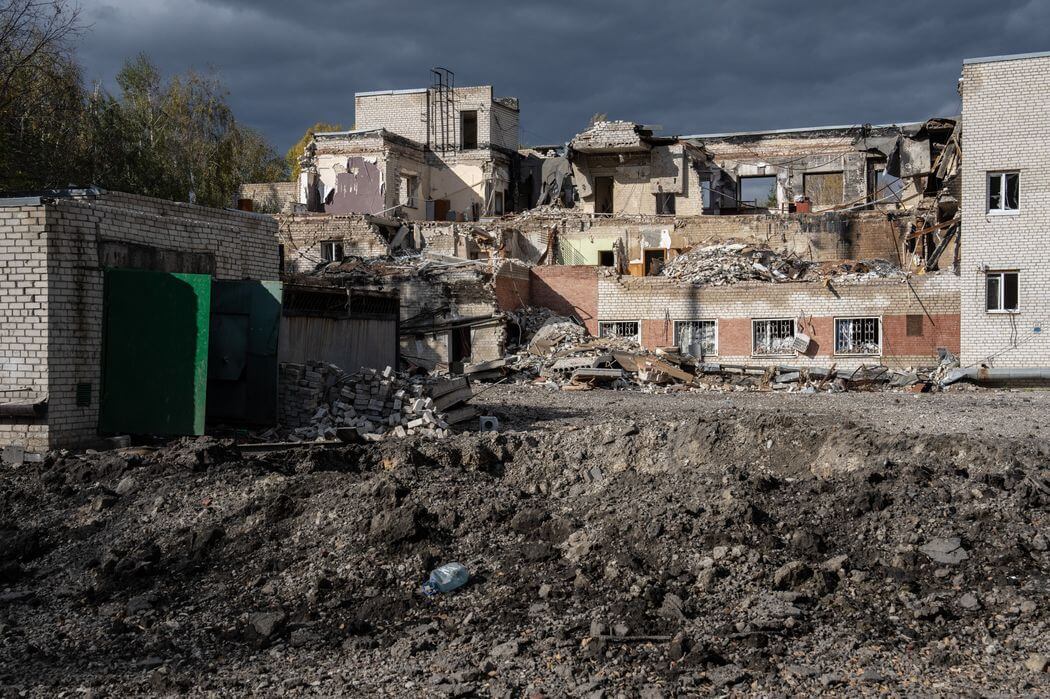On Tuesday, United States (US) Secretary of State Antony Blinken asserted that the US had “neither encouraged nor enabled the Ukrainians to strike inside of Russia,” amid accusations that Ukraine has used Soviet-era drones to strike Russian airfields over the last two days.
However, Blinken maintained that the US is determined to ensure that Ukraine has “the equipment that they need to defend themselves, to defend their territory, to defend their freedom.”
When the US supplied long range rockets and drones to Ukraine, it maintained that the weapons were for Ukraine to defend its territories, not to attack Russia.
— Stanly Johny (@johnstanly) December 6, 2022
In the last 24 hours, Ukraine has carried out drone strikes deep inside Russia.
During a press conference on the same day, Department of State spokesperson Ned Price, too, clarified that “we have not provided Ukraine with weapons that it is to use inside of Russia. We have been very clear that these are defensive supplies.” He also cautioned that Ukraine had not officially taken responsibility for the attacks.
On Monday, the Russian Defence Ministry accused Ukraine of attacking the military airfields in Dyagilevo in the Ryazan region and Engels in the Saratov region, which hosts over 30 bombers, using Soviet-made unmanned aerial vehicles (UAVs). The attacks reportedly caused minor damage to two warplanes but killed three Russian troops and injured another four.
Reports this morning of an explosion at an airbase in Saratov deep inside Russia that normally houses long-range bombers.
— Patrick Reevell (@Reevellp) December 5, 2022
Some media reporting a drone hit it.
If confirmed would be major- Ukraine for the first time hitting Russia's long-range bombers that target its energy grid. pic.twitter.com/ICiUkrgK8l
The next day, the governor of the Kursk region at the Ukraine border, Roman Starovoyt, revealed that a drone strike at an airfield, about 280 kilometres (kms) from the Ukrainian border, had set an oil storage tank on fire. However, the fire was “localised” and no injuries were reported. Russian officials accused Ukraine of using the Soviet-era Tu-141 Strizh drones with a range of 1,000 kms for the attack on Monday.
Though the Zelensky administration did not officially claim responsibility for the attacks, an unnamed senior Ukrainian official on Tuesday confirmed to The Washington Post that all three attacks were carried out by Ukrainian drones, and were “very successful, very effective.” The official added that Russia has “sowed the seeds of anger, and they’ll reap the whirlwind.”
Today: https://t.co/i1kWI78HxM
— Molly McKew (@MollyMcKew) December 6, 2022
The drone attacks have led to speculation that Ukraine has developed longer-range combat drones, with its state-owned weapons manufacturer Ukroboronprom hinting at having finished a new 1,000-km-range drone weighing 75 kilos in October. Last month, it announced that it was “getting ready for flight tests under the action of electronic warfare.”
In fact, on Saturday, company spokesperson Natalia Sad revealed that “a number of stages of successful tests have been completed” in the UAVs. “In accordance with the instructions of the Chief of the General Staff of the Armed Forces of Ukraine, we are moving to the stage of tests involving an e-warfare jamming environment,” she added.
Another video of the fire at Kursk airbase.
— Anton Gerashchenko (@Gerashchenko_en) December 6, 2022
There's this great song by Deep Purple that fits here, with a small adjustment: "Smoke on the Kursk, a fire in the sky" pic.twitter.com/QxL7GsCD0T
On Tuesday, US Secretary of Defense Lloyd Austin affirmed that Washington would not prevent Ukraine from building its own long-range drones.
After much reluctance, the US decided to supply Ukraine with advanced longer-range missiles such as the High Mobility Artillery Rocket Systems (HIMARS) and the Guided Multiple Launch Rocket System (GMLRS) in July. With a range of over 80 kms, these missiles have been used to attack Russian ammunition depots, logistics supplies, and command centres in Ukraine.
US has refrained from providing advanced, long-range weaponry for fear of escalation but Biden admin does not appear to mind Ukraine using its own weapons to hit Russia.
— Alex Marquardt (@MarquardtA) December 6, 2022
According to anonymous US defence officials, the Pentagon secretly tweaked HIMARS in order to make them less deadly so that they are unable to fire long-range missiles like the US-made Army Tactical Missile System rockets (ATACMS), which have a range of more than 300 kms. Washington has refused to supply ATACMS to Ukraine as yet because it does not want them to attack Russian territory with American equipment. Therefore, the modifications would ensure that the Ukrainian forces wouldn’t be able to use these missiles in case they acquire them from other foreign partners.
Pentagon spokesman Patrick Ryder has declined to comment publicly owing to “operational security considerations.” However, he stressed, “The United States remains committed to providing Ukraine the capabilities it needs to counter Russian aggression.”

